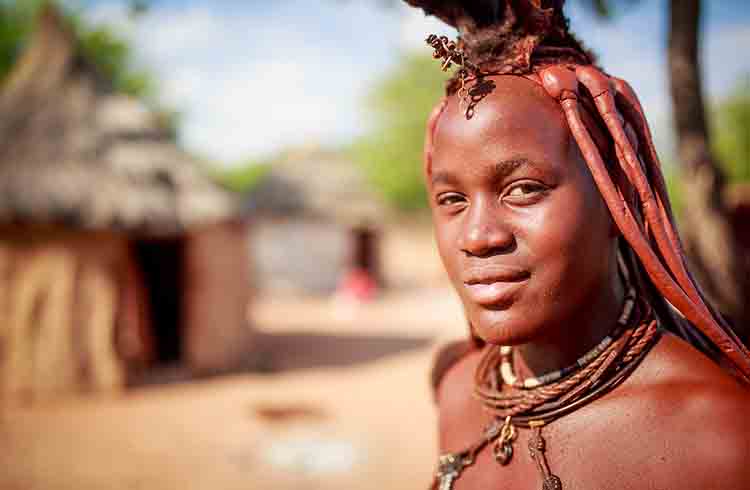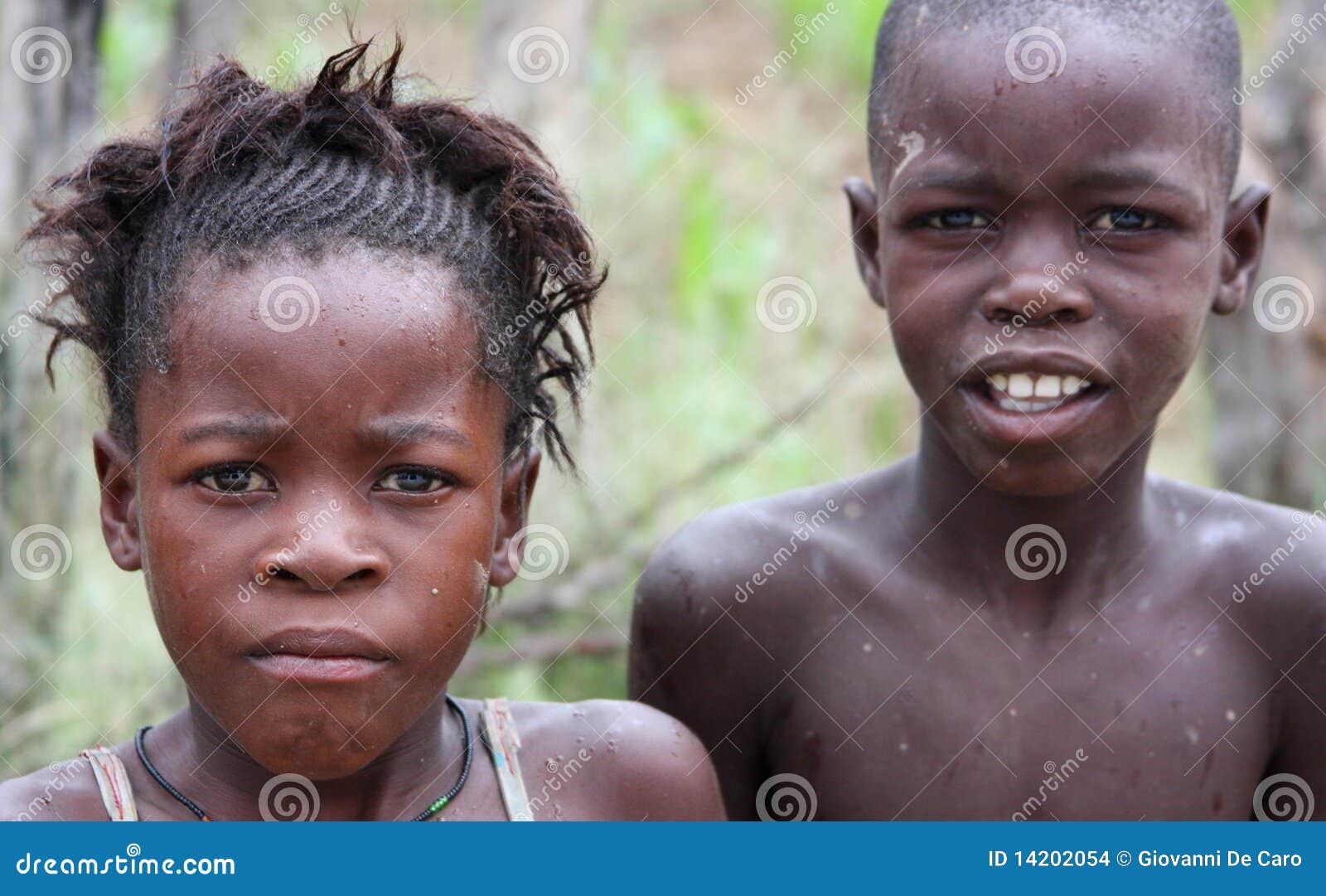
Each hut serves a particular purpose as a bedroom, kitchen or storage room. Families still live in homesteads, groups of huts enclosed by wooden fence poles. Although Finnish missionaries turned most of the Ovambo into practicing Christians, specifically Lutherans, many still follow traditional customs. Around 50 percent of Namibians belong to the Ovambos, most of whom live in the northern regions of the country.

Namibia is a land of great ethnic diversity and cultural traditions are often specific to each of the different ethnic groups. By March 21, 1990, Namibia’s freedom was solidified when Sam Nujoma was sworn in as president. The following year, elections for the constituent assembly took place and were won by the SWAPO. In 1988, South Africa finally agreed to cede Namibia to Namibians in accordance with UN Resolution 435, which laid out a decolonization program for the country. Even with the petitions, armed struggles led by the South-West Africa People’s Organization (SWAPO), pressure from the international community, and the fact that many European powers in Africa had already granted independence to their former colonies, South Africa refused to surrender Southwest Africa. Southwest Africa’s white minority had representation in the white-only parliament, disenfranchising the native African majority. The country was only administered as a League of Nations mandate territory, even after the League of Nations became the United Nations following the end of WWII. When WWI broke out, the South Africans drove out the Germans and gained control over Southwest Africa.

Southwest Africa remained under German rule, quelling native uprisings and enforcing racial segregation, which became the institution of apartheid. The territory was named Sudwestafrika and the deep-water harbor of Walvis Bay was annexed to British South Africa. The Portuguese, Germans, Swedes, and British explored the area, and by 1884, Germany formally declared the territory its colony in order to halt further expansion of the British from the south. It was the Baster people, descendants of European men and African women, who last migrated to Namibia before European colonization.Įuropeans had been in south and southwest Africa for many years, but because rough terrain dominated the inhospitable Namib Desert, it wasn’t until the 18th and 19th centuries when formal European occupation began. The Oorlams, with their guns and superior weapons, dominated the others and settled in the area that was to become Windhoek, Namibia’s capital. By the 17th century, the Herero arrived from the northwest and these groups can still be found in the area to this day.īy the 19th century, white Afrikaans-speaking farmers called the Oorlams came in from the south, causing conflict as they chose to settle in the lands of the Namaqua, Herero and Damara people. These two groups are related to the San people, as all three belong under a larger ethno linguistic umbrella known as Khoisan. In the south, it was the Namaqua and the Damara people who made Namibia their home. Eventually, two groups of Bantu people, the Ovambo and the Kavango, settled in the northern region. It was the nomadic hunter-gatherer Bushmen or the San people who first came.

The early history of Namibia began with the migration of different groups from Africa. From the original Bushmen, otherwise known as the San people, to immigrants from the rest of Africa and Europe, Namibia is truly a land of diversity. Namibia’s history is characterized by the different groups that have migrated to the country throughout the years, creating a cultural melting pot.


 0 kommentar(er)
0 kommentar(er)
